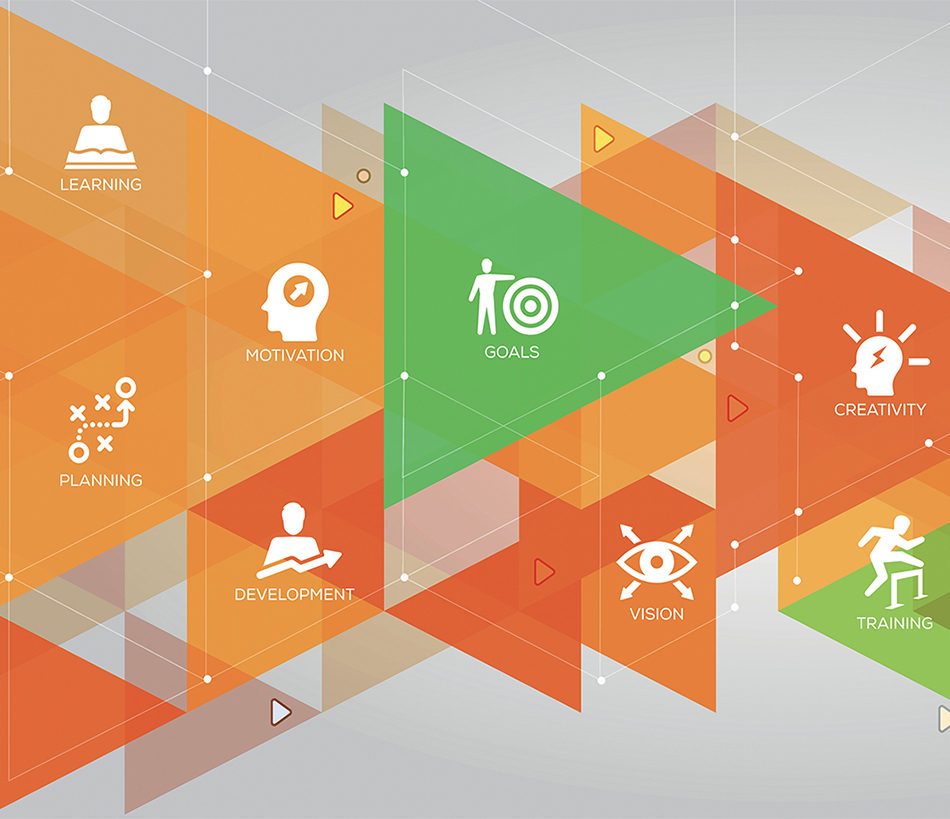The qualifications achieved in schools, colleges, and universities, the brand of an educational institution or an employer, the social networks of a potential job applicant—all are signals currently used to indicate potential fit between individuals’ capabilities and job opportunities in the labor market. These proxy signals have their origin in shortcomings in the capacity to measure and evaluate the actual skills, knowledge, behavioral qualities and abilities that individuals have gained throughout their lives.
An inefficient labor market
There are three key reasons why a suboptimal system of skills proxies tends to contribute to both labor market inefficiencies as well as social inequalities. First, learning and employment ecosystems are currently built for a world of work that is no longer a reality. They are premised on the assumption of linear careers largely using a traditional life model of ‘learn, do, retire’. That outdated model is too rigid for the current and future needs of the labor market. It assumes that learners prepare for the future by gaining formal qualifications early in their life course and that their job-fit can be identified through those early formal qualifications as well as by steady progression through a traditional, linear career ladder. At best, employers—and employees—are imperfectly matched for roles; at worst, the fit results in financial and non-financial losses for both parties.
Second, large-scale changes to job and skill demand in the Fourth Industrial Revolution (4IR) are bringing fresh challenges to an already struggling system for identifying job-fit and matching individuals to opportunities. For example, by 2022, the core skills required to perform most roles will, on average, change by 42%.1 Increasingly, a career for life is an artifact of the past, and this traditional mindset of ‘learn, do, retire’ mentioned above can no longer provide a future-proof approach. As automation and work converge, skills gaps are set to change at a faster pace and at a greater volume—leading to both talent shortages and job redundancies. To remain relevant and employable, workers are faced with the need to re-evaluate and update their skillsets; companies face a pressing need for innovative talent sourcing, matching, and development strategies; and educators face pressure to update the focus of their courses and offerings. Consequently, there is a pressing need for more efficient proxies that can relay the skills that individuals acquire throughout their life course.
Third, today’s proxy-based system of determining job-fit often exacerbates socio-economic inequalities. For example, success in primary, secondary and tertiary education remains one of the strongest predictors of long-term socio-economic inclusion2 and has a demonstrable negative knock-on effect on social cohesion.3 Across a number of countries, the educational background of one’s family is a predictor of the educational outcomes of future generations.4 Rewiring the skills ecosystem throughout an individual’s lifecycle holds the potential to establish a fairer base for social mobility and a more level playing field for career progression.
Shifting to a system where skills are the core currency of the labor market thus has the potential to tackle existing inefficiencies in job-fit between employers and employees; help prepare for a near-future of greater volatility in the labor market; and enhance opportunity, prosperity, and equality for workers. Such a shift would no doubt be challenging, requiring collaboration and coordination across multiple stakeholders. However, its potential returns are vast, for individuals, for business, and for economies.
Shifting to a skills-based system
The need for such a system is becoming more urgent as the labor market demands both more digital and more ‘human’ skills in the midst of the 4IR. Understanding and meeting emerging skills demand and empowering individuals to learn, unlearn and relearn skills will need to form the basis of a new learning and working ecosystem—a shared vision for talent. The broad change that will be required in this new world of learning and work is to move away from traditional, front-loaded accreditation and siloed certificates to a system of lifelong learning infused with a shared set of skills-based indicators at its core.
In today’s labor markets career paths are already seldom linear, and they will be less so in the future. As we shift to a model of ‘learn, do, learn, do, rest, learn … repeat’, a transparent and tangible approach to skills allows learners to prepare themselves for employment by understanding their own passions and motivations, and channeling those dispositions to developing work readiness through effective skills gain. It allows educators access to near real-time data on skills demand and to ensure the skills needed across the labor market are taught and certified. 02 Strategies for the New Economy
Similarly, it allows businesses to understand—in real-time—skills gaps and skills strengths, and to develop better methods of staff collaboration, in-house training, and talent deployment.
Such a system demands a common currency—one that can recognize, certify, reward and enhance skills, and create a common framework among individuals and national, sectoral and workplace actors.5 For individuals, it holds the promise of professional fulfillment and well-being alongside the ability to better manage career transitions. Companies can expect to see efficiencies in sourcing and managing talent. Governments can expect more efficient labor markets, combined with the ability to more precisely provide education, retraining and income security support to those who need it.
In this white paper, we suggest ten strategies to make this vision a reality, spanning across three types of interventions. The first type aims to integrate a skills focus in the learning ecosystem; the second aims to integrate a skills focus in the workforce ecosystem, and the third type aims to provide an enabling environment through alignment between different stakeholder groups.
Centre for the New Economy and Society White Paper
WEF_2019_Strategies_for_the_New_Economy_Skills
© World Economic Forum in collaboration with Willis Towers Watson


